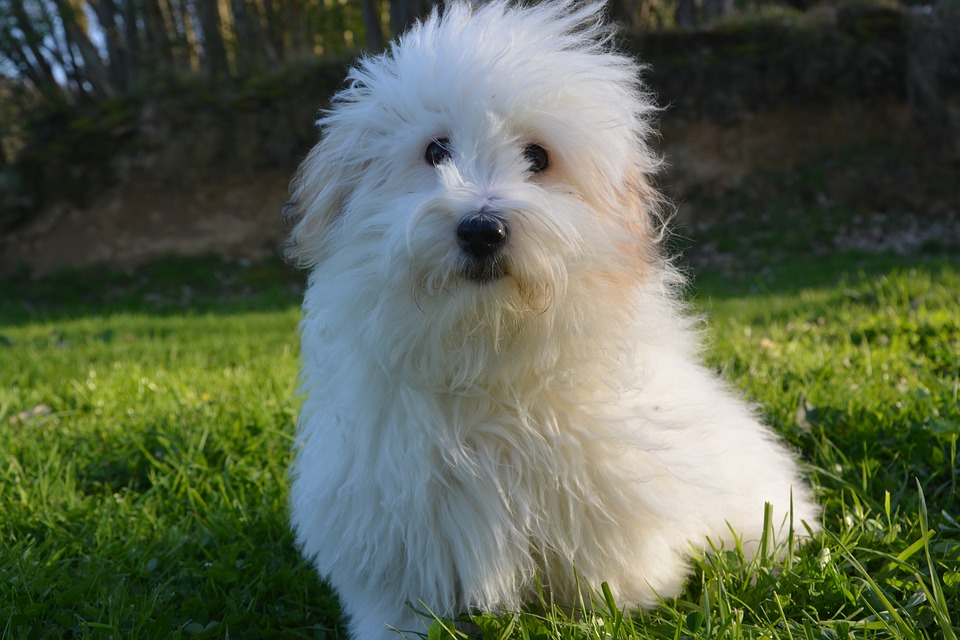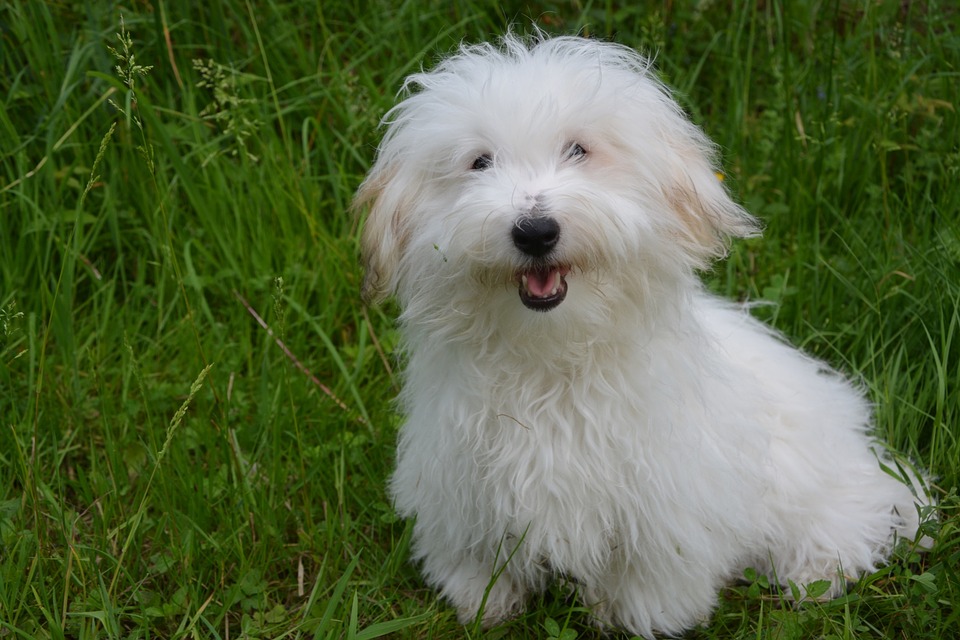
Coton de Tulear: Your New Pet
History of the Breed:
The Coton de Tulear, named after the port city of Tulear in Madagascar, is a small companion dog breed with a fascinating history. Believed to have originated from Bichon-type dogs brought to Madagascar by French sailors, Cotons were cherished by nobility and wealthy families on the island. Known for their cotton-like coat and affectionate nature, Cotons were often kept as cherished pets and were highly valued for their companionship.
Physical Characteristics:

Coton de Tulears are small, sturdy dogs with a charming and elegant appearance. They typically weigh between 8 to 15 pounds and stand around 10 to 12 inches tall at the shoulder. Their most distinctive feature is their long, cotton-like coat, which is soft, fluffy, and hypoallergenic. They come in various colors, including white, black, and tri-color, with expressive dark eyes and a lively expression.
Health and Basic Care:
Coton de Tulears are generally healthy dogs with a lifespan of around 14 to 16 years. However, they may be prone to certain health issues such as hip dysplasia, luxating patella, dental problems, and eye conditions like progressive retinal atrophy (PRA). Regular veterinary check-ups, a balanced diet, exercise, dental care, grooming, and parasite prevention are essential for maintaining their health and well-being.
Temperament and Personality:
Coton de Tulears are known for their affectionate, playful, and gentle nature. They are loyal and devoted companions that form strong bonds with their families. Despite their small size, they have a confident and outgoing demeanor, with a tendency to be friendly towards strangers and other animals. They are intelligent and eager to please, making them excellent family pets.
Training and Socialization:

Coton de Tulears are intelligent dogs that respond well to positive reinforcement training methods such as treats, praise, and rewards. They enjoy learning new tricks and commands and thrive on mental stimulation. Early socialization with people, other animals, and different environments is important to help them develop into well-rounded and well-behaved dogs.
Nutrition:
A balanced diet tailored to their size, age, and activity level is essential for Coton de Tulears’ health and well-being. Feeding them high-quality dog food formulated for small breeds will provide them with the nutrients they need to thrive. Portion control is important to prevent obesity, which can lead to health issues, and fresh water should always be available.
Suitable Environment:
Coton de Tulears are well-suited to various living situations, including apartments, houses, and urban environments. They are adaptable dogs that can thrive in both indoor and outdoor settings, but they prefer to be close to their families. They enjoy daily walks and playtime, but they are also content to relax indoors with their loved ones.
Frequently Asked Questions:
Is Coton de Tulear high maintenance?
- Yes, Coton de Tulear are considered high maintenance dogs due to their long, cotton-like coat, which requires regular grooming to prevent mats and tangles. They also need regular veterinary care, dental care, exercise, and attention to their health and well-being.
Are Coton de Tulear aggressive?
- No, Coton de Tulear are not known to be aggressive dogs. They are friendly, gentle, and affectionate companions that are well-suited for families and individuals alike.
Can a Coton de Tulear be left alone?
- Coton de Tulear may be able to be left alone for short periods, but they thrive on companionship and may become anxious or bored if left alone for extended periods. They prefer to be close to their families and may benefit from having a companion or a pet sitter when left alone.
Is Coton de Tulear good for first-time owners?
- Yes, Coton de Tulear can make excellent pets for first-time owners. They are affectionate, intelligent, and adaptable dogs that are relatively easy to train and care for. However, potential owners should be prepared for their grooming needs and be committed to providing them with the attention and care they require.
